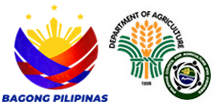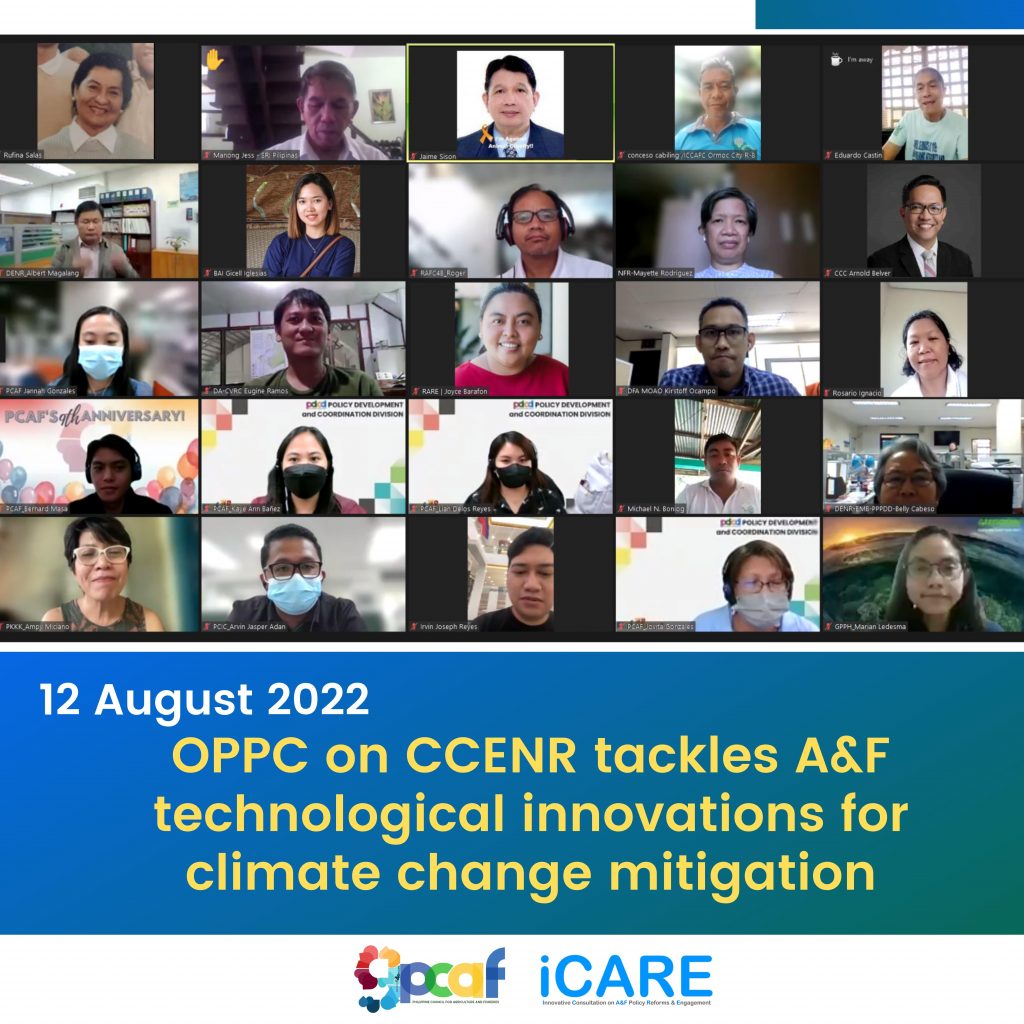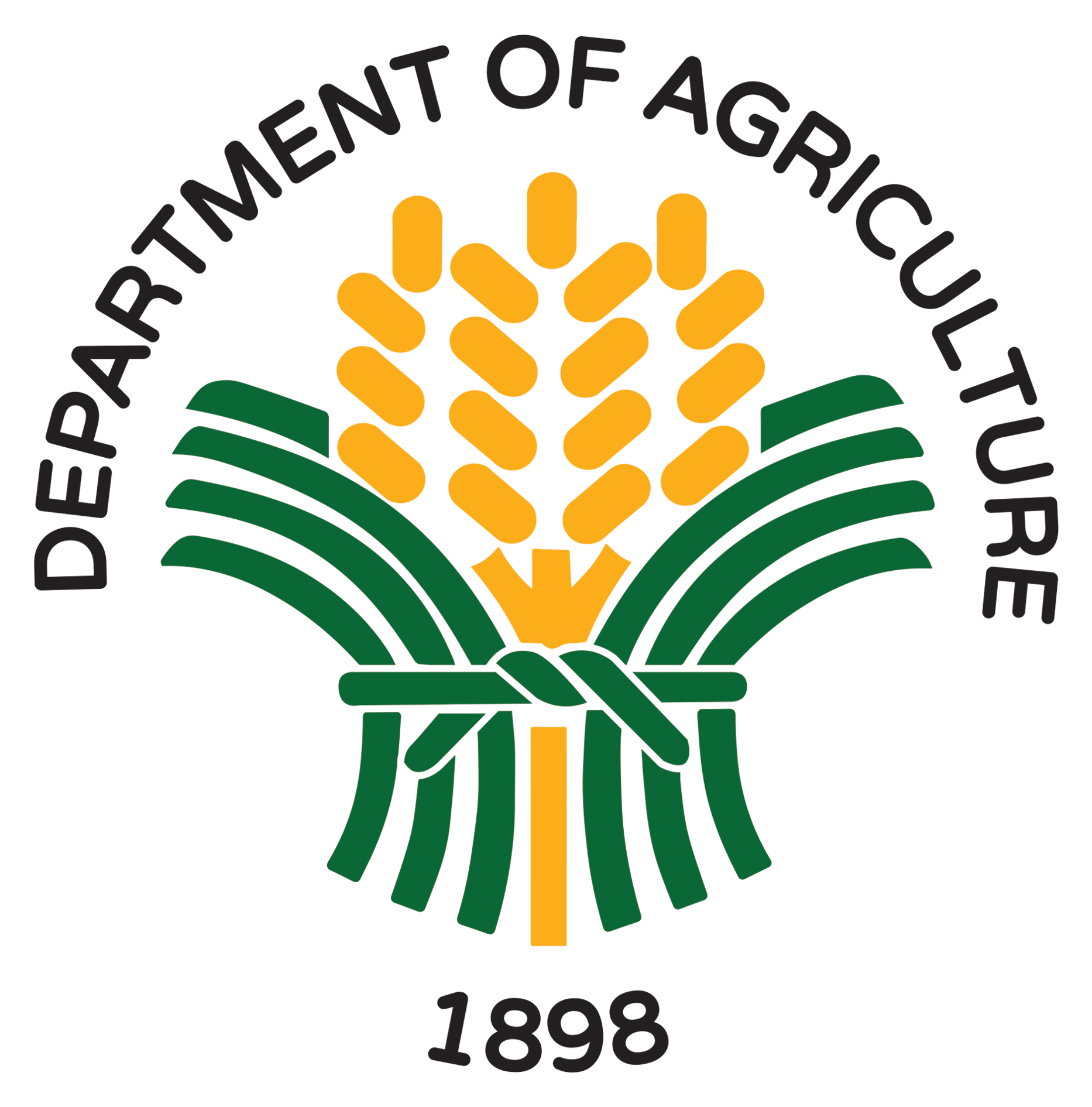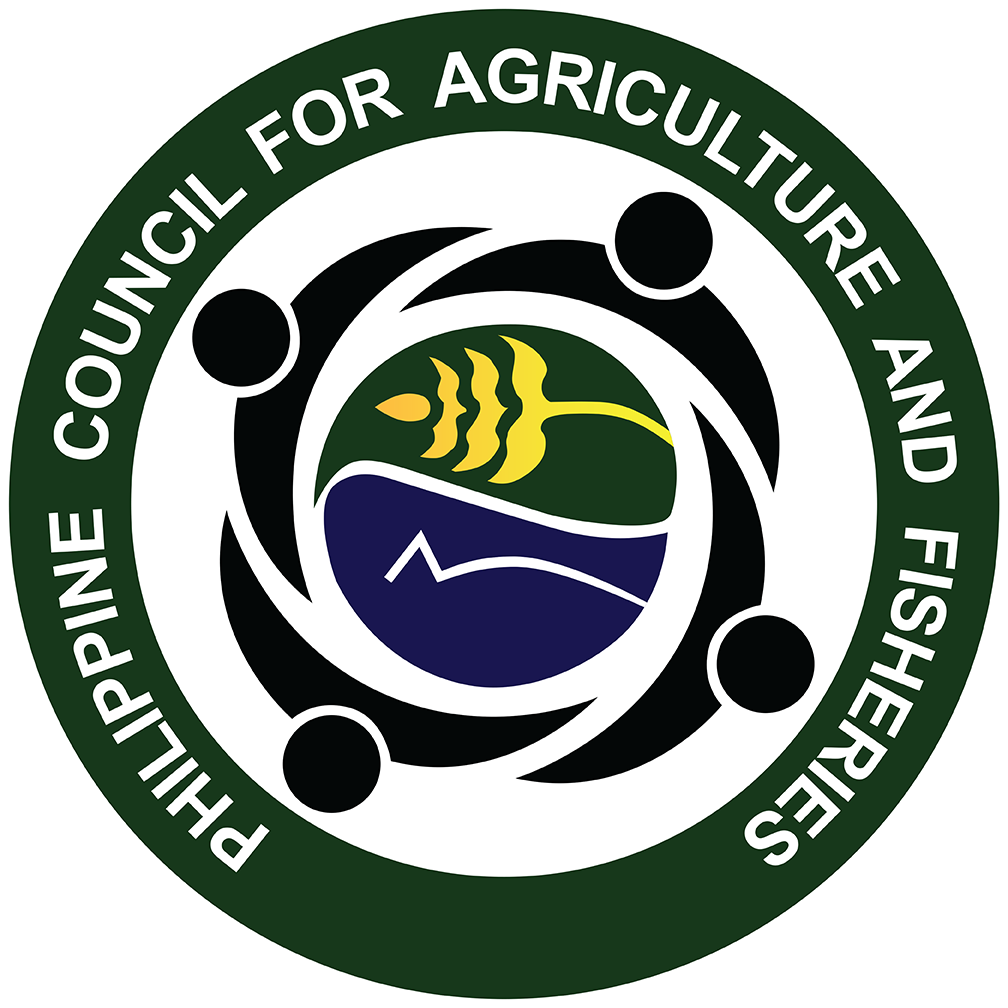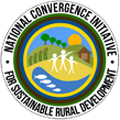The Other Priority Program Committee on Climate Change, Environment and Natural Resources (OPPC on CCENR) discussed Agriculture and Fisheries (A&F) technological innovations which could mitigate climate change in their third quarter meeting on August 12, 2022.
The Department of Agriculture-Cagayan Valley Research Center presented a report on their solar-powered irrigation system and seed cold storage, which could serve as more affordable and sustainable alternatives to fossil fuel-dependent technologies. The Committee also discussed the more sustainable and higher yield-producing System of Rice Intensification (SRI) farming methodology.
Members of the OPPC on CCENR also brought up A&F technological inventions which could mitigate climate change. These include: using elevated water storage units to grow hito and tilapia to facilitate the production of rice and fish at the same time, using a more sustainably-designed grain storage facility that does not use metal, concrete, or steel, and developing technologies that can convert agricultural wastes to biomedical materials.
The DA Climate-Resilient Agriculture Office (DA-CRAO) also presented the accomplishments of the Adaptation and Mitigation Initiative in Agriculture (AMIA) Program. The AMIA Program’s AMIA Village approach, which helps communities create climate-resilient enterprises, has already increased the income and improved the adaptive capacities of its beneficiaries.
Dir. Alicia Ilaga of DA-CRO also discussed the current situation of Philippine Greenhouse Gas (GHG) emissions. According to her, even if the country’s agriculture sector emits 3.6 Million megatonnes of GHG, the coconut industry alone was able to absorb twice as much emission, creating a net carbon sink.
The Committee also discussed updates on the Philippines’ participation in the UN Ocean Conference 2022. Ms. Jhorace Tupas of the Department of Environment and Natural Resources-Forest Management Bureau shared the ways forward for the Philippines. These are some of the Philipines’ commitments: climate-related risk and resilience assessments, domestic resource mobilization for biodiversity / green jobs creation, sustainable land management, and data-driven decision making.
On the other hand, OPPC on CCENR also recommended the review of permits allowing mining and reclamation around coastal areas and the assessment of agricultural areas where mining is allowed to mitigate mining’s contribution to climate change and to identify necessary protective measures.
In the Committee’s next meeting, the Committee will discuss pressing environmental issues affecting the A&F sector, like the lack of nitrous oxide sinks, and over-dependence on urea fertilizers. Since eutrophication in coastal areas could be attributed to excessive use of fertilizers and pesticides, preventing the flow of excess nitrogen and other harmful chemicals to coastal areas could help protect our marine ecosystems.
The Committee also suggested the establishment of regional organic fertilizer factories and production areas, improved soil assessment programs to ensure soil health when using fertilizers, and the use of beneficial micro-organisms in the fermentation process when converting animal manure into organic fertilizers. | SMA
